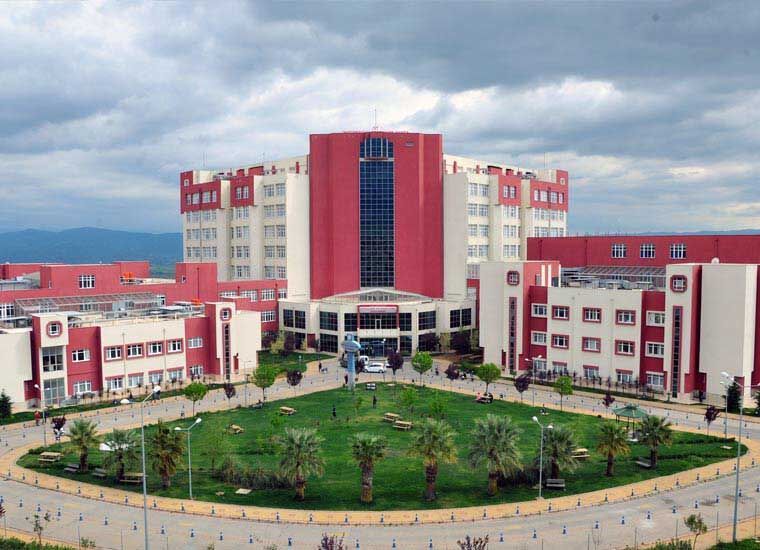Earthquakes, buildings and green energy: Turkey’s balancing act
youris.com EEIG

While Turkey is well known as a hot and sunny holiday destination, it also faces low temperatures, which means it has both substantial heating and cooling needs for its building stock. The country also lies in one of the world’s most active seismic zones and energy efficiency measures need to be earthquake resistant
As Turkey continues its economic development, the number of buildings is set to rise. This places an enormous burden on power supply systems and has already led to power outages and energy price increases. Consequently, energy efficient renovation is high on the agenda for buildings, including the non-residential public stock.
A further consideration is the country’s location in one of the most seismically active regions of the world. This requires careful selection of energy efficiency measures to ensure compliance with earthquake building standards.
These standards take priority over any retrofitting works if the materials and systems used don’t match safety requirements.
An example is the green makeover of the Adnan Menderes University Hospital, in western Turkey, where sun-tracking parabolic solar collectors, set to produce some 1,000kW, are being installed under a European demonstration project called BRICKER.
Although not specifically designed for an earthquake-prone area, this measure complies with seismic resistant regulations, due to the solar field being built at ground level and slightly away from any buildings. The intervention also includesa new tri-generation system which produces electricity, heating and cooling all in one go, thus making power go further.
Once operational, it will be the first time in Turkey that a renewable energy source is used to produce electricity, heating and cooling in a tri-generation system, according to Yunus Çerçi, professor at the Department of Mechanical Engineering at Adnan Menderes University.
He adds: “The demonstration site’s authorities told us the ground nearby wasn’t suitable neither for constructing multi-storey buildings nor for bearing heavy building loads. But one option for land use was to turn it into a solar field.” The solution avoids substantial loading, encourages clean energy generation and is compatible with earthquake regulations. “Even without the earthquake scenario, it’s a great solution for public building owners with poor quality building land,” says Çerçi.
The BRICKER project is a four-year initiative aimed at developing a replicable and cost-effective system to retrofitexisting public-owned non-residential buildings. By implementing a package of measures at two different demonstration sites in real conditions, it will provide guidance and strategies for addressing both the technology and regulatory challenges.
This ties in with Turkey’s energy efficiency law, introduced back in 2007, which requires all public buildings to adopt measures to reduce energy consumption and includes energy audits every few years. Renovation of these public buildings is subject to public procurement rules, and these are currently limited to three years. However, “any reasonable and effective energy efficiency investment would likely have a return on investment (ROI) between 5 to 10 years,” says Onur Gunduru of the engineering company Onur Enerji, partner in the project. “Contract duration could range from 7 to 21 years if third party investors are to be involved, with a minimum internal rate of return of some 30 to 40 percent” he adds.
Yasemin Somuncu, senior researcher at Özyegin University, Turkey, explains the characteristics of the insulation material selected for one of the university hospital’s façades : “For the hospital building, we are applying locally produced extenuated silicium-based material which is 91% organic and can be used for both external and internal façades. It can it can prevent thermal bridges, it’s fire resistant, offers sound insulation and complies with seismic resistant regulations, which is a must in our country.”
The energy-saving measures at the university hospital are now being carefully measured and tested to provide a benchmark for realistic replicability to other buildings, including social housing.
Although not the first project nor the last implementing energy efficiency measures and using renewable sources, “the project achievements will help shape the regulatory environment in Turkey, and provide leverage in other towns, cities and countries to fight against human-induced GHG emissions” comments Gunduru.
By Mark Thompson



